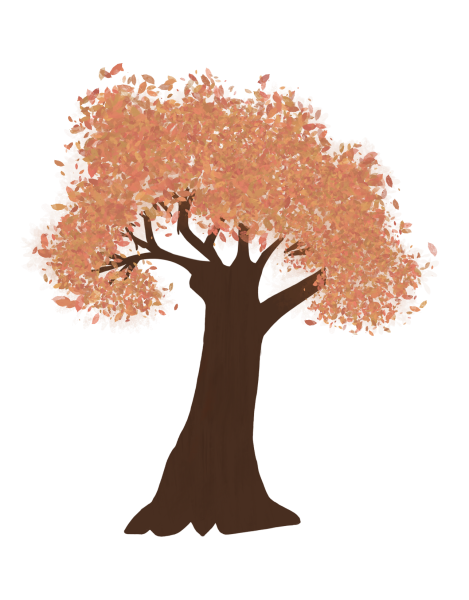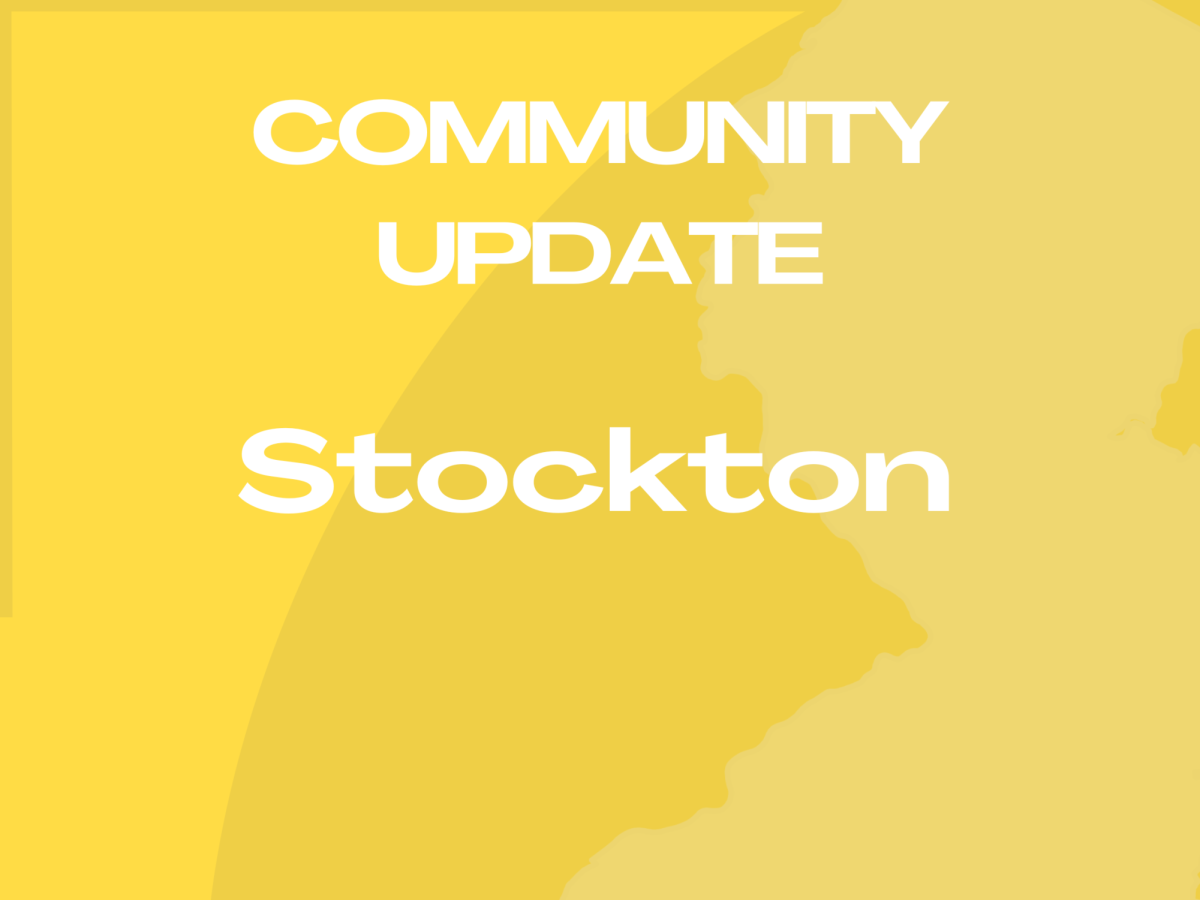Looking at a bottle of maple syrup from any grocery store, the whereabouts are almost always listed as somewhere in the northeastern U.S. or Canada. New Jersey, however, is not one of the states usually listed. But, does it have to be this way? A recent initiative from Stockton University explores the possibility of transforming the sugary sweet sensation into a locally sourced commodity in New Jersey.
A public university in Galloway, NJ, Stockton University has received close to $1 million in grants from the United States Department of Agriculture (USDA) to kickstart a sustainable maple syrup industry in South Jersey. The three-year grants were given in 2019 and 2021 as part of the Acer Access and Development Program – a USDA branch that promotes the domestic maple syrup industry.
The idea spawned 12 years ago from a small family farm near Stockton University.
Dr. Judith Vogel, the director of the project, said, “We like to ask questions on our farm and get answers. One of the questions I asked my husband … is why can’t we just have our own maple trees?”
That year produced enough syrup for a couple of family breakfasts, and from that experience, Vogel realized that more could be done.
“Stockton University is a university that thrives on asking questions out of curiosity,” she said. “Even if they have nothing to do with your major.”
Vogel has a PhD in mathematics and teaches calculus at Stockton, where maple syrup seems to have no place. Yet, thanks to the support of Stockton University and her love of maple syrup, she is the director of a “cross-disciplinary” research project.
Stockton is specifically looking to use red maple trees (Acer Rubrum) as the source for the sap. Red maples are the most common type of maple tree in New Jersey, with its native range border, or where red maples are historically known to grow, encompassing the entire state. However, sugar maples (Acer Saccharum) are the maple trees commonly used to gather sap since they yield the most sugar content. Sugar maples are not indigenous to South Jersey.
“Red maples have sugar, all maples have sugar, but it is not in the same proportion [as sugar maples]; it is a little bit weaker of a sugar ratio,” said Vogel.
Approximately 40 gallons of sap from a sugar maple will yield around one gallon of syrup; this 40-to-one ratio is more like 60-to-one for red maples. Additionally, boiling the sap to make syrup takes longer for red maple sap.
“Stockton’s forest that exists for our tapping is 100% red maple,” said Vogel. The red maple forest produces roughly 60-80 gallons of syrup that can be harvested from 4,000 gallons of Stockton sap per year. Last year, 70 gallons of syrup were produced.

To maximize the amount of sugar extracted from the red maples, technologies like reverse osmosis, vacuum assist pumps and efficient evaporators are used. Vogel explained that these technologies have let the research team optimize and learn more about New Jersey’s red maples.
Stockton has reached out to the community throughout the entire process. The first phase was getting the public interested through community events like family weekends, and subsequently, encouraging the community to tap their maple trees and create their own ‘hubs’.
“We support anyone who is interested. So, if you’re a person who just has three maples in your backyard, we’ll help you get started with information and supplies for free,” said Vogel.
This also extends to organizations, parks, trails, and local schools – anything that may have access to maples. Stockton allows those who participate in the program to keep their yields; all Stockton wants in return is a record of sap received and the permission to let Stockton officials research soil and vegetation samples.
“We’ve gone so far as to set up tubing systems with 20 or 30 trees at a school, because it is such a great learning experience for students,” she said.
The community response has been very positive. Curiosity about the project is fueling general interest in the project, especially being a part of it as a hub owner, as well as just learning about maple syrup.
“I’ve talked to people who before they’ve come to a seminar with us really did not understand that maple syrup came from the maple tree,” said Vogel.
Tapping maple trees and extracting the sap is a challenging feat. It can only occur during a specific season, usually in late winter: when the temperature ranges from below freezing at night to above freezing in the day. The temperature difference is what creates the vacuum of pressure that ultimately makes sap flow in the tree.
At Stockton, they start tapping when winter turns to spring. The season is officially over when the maple tree buds out, or when the buds on the tree’s branches burst out.
To extract the sap, a spile or a tap is inserted, and a slow, ‘methodical’ drip begins into a bucket. Freshly extracted sap looks and tastes a lot like water. To process the sap, the only thing done to it is boiling; nothing is added to the sap prior. To boil, an evaporator is used which looks like a wood stove with a metal sheet on top.
Currently, Stockton is in its last year of the USDA grant. They have a one-year extension since they still have additional funding that is not used up; this means that the grant they are currently in will end in September 2025.
“We already have plans to apply for a next round of funding,” said Vogel. “We’re very hopeful that we have a strong project that can continue in future cycles.”
Economically, maple syrup is part of a growing market. In 2024, the maple syrup market size is estimated at 1.16 billion USD, and the industry is expected to grow to 1.63 billion USD in 2029. Demand for maple syrup is increasing worldwide too, especially so for the baking, cereal, and dairy industries. These industries are using maple syrup in their foods and products more regularly.
Stockton plans on selling its maple syrup in small sites. They already sell their maple syrup during their community events, but they want to expand into places like gift shops and farmers markets.
“When a family comes and visits Stockton to see if it is a right fit for one of their students, [my future hope] is that they leave with a bottle of maple syrup that they could purchase at [the Stockton] bookstore,”said Vogel.
There are no plans to bring Stockton’s maple syrup into an open market like a retail store because not enough maple syrup is made.
“We’re not doing this for a profit at all; any money that we make [is] just put right back into the project.”



